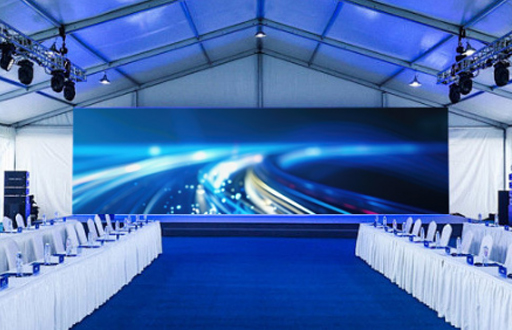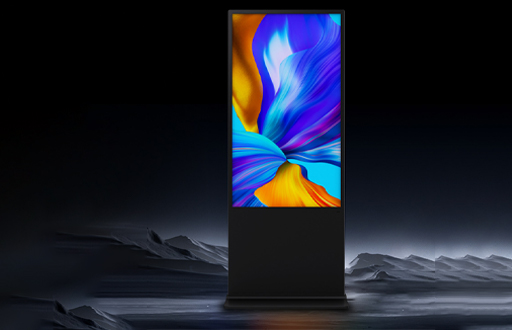In the rapidly evolving landscape of the display industry, all-in-one machines have emerged as a revolutionary force, poised to become the future mainstream. Several compelling factors contribute to this trend, encompassing technological advancements, user - experience enhancements, and market - demand shifts.
One of the primary reasons all-in-one machines are set to dominate the display industry is their seamless integration of hardware and software. Unlike traditional display setups that often require multiple external components such as separate monitors, keyboards, mice, and bulky computer towers, all-in-one machines combine everything into a single, compact unit. This integration not only simplifies the installation process but also reduces cable clutter, creating a more aesthetically pleasing and organized workspace. From a technical perspective, manufacturers can optimize the interaction between different components, resulting in better performance and more efficient power management. For example, the internal components can be precisely calibrated to work in harmony, minimizing signal delays and improving overall system responsiveness.

Another significant advantage lies in the space - saving design of all-in-one machines. In an era where office spaces are becoming increasingly compact and at a premium, the sleek and streamlined form factor of these machines is highly appealing. They take up significantly less desk space compared to traditional desktop setups, making them ideal for small offices, home workstations, and even public areas such as kiosks or digital signage displays. This space - saving aspect is not only beneficial for physical space utilization but also has implications for cost - effectiveness. With less space required, businesses can potentially fit more workstations into a given area, increasing productivity without the need for larger office premises.
User experience is also a key driver behind the rise of all-in-one machines. These devices often feature high - resolution displays with vivid colors and wide viewing angles, providing an immersive visual experience. Additionally, touch - screen functionality is becoming more prevalent in all-in-one models, enabling more intuitive and interactive user interactions. This is particularly useful in applications such as educational institutions, where students can directly interact with the display for a more engaging learning experience, or in the hospitality industry, where touch - screen all-in-one machines can be used as self-service check - in kiosks. The simplicity of use and enhanced interactivity make all-in-one machines accessible to a wider range of users, regardless of their technical proficiency.
The display industry is also witnessing a growing demand for energy - efficient solutions, and all-in-one machines are well - positioned to meet this need. Thanks to their integrated design, manufacturers can optimize the power consumption of different components. For instance, modern all-in-one machines often use energy - efficient LED displays and low - power - consuming processors. This not only reduces electricity bills for users but also aligns with the global push towards sustainability. As more consumers and businesses prioritize environmental friendliness, the energy - saving features of all-in-one machines will make them an attractive choice.
Furthermore, the versatility of all-in-one machines is a major factor in their potential to become the industry mainstream. They can be customized to meet a wide variety of application requirements. In the creative industry, for example, all-in-one machines with powerful graphics processing capabilities can be used for graphic design, video editing, and 3D modeling. In the healthcare sector, these machines can be integrated with medical imaging equipment for more convenient diagnosis and treatment planning. Their adaptability to different industries and usage scenarios means that they can cater to a broad customer base, further fueling their growth in the market.
In conclusion, all-in-one machines are on the cusp of becoming the future mainstream of the display industry. Their seamless integration of hardware and software, space - saving design, enhanced user experience, energy - efficiency, and versatility make them highly attractive to a wide range of users. As technology continues to advance and market demands evolve, all-in-one machines are likely to play an even more prominent role in shaping the future of the display industry.





 English
English